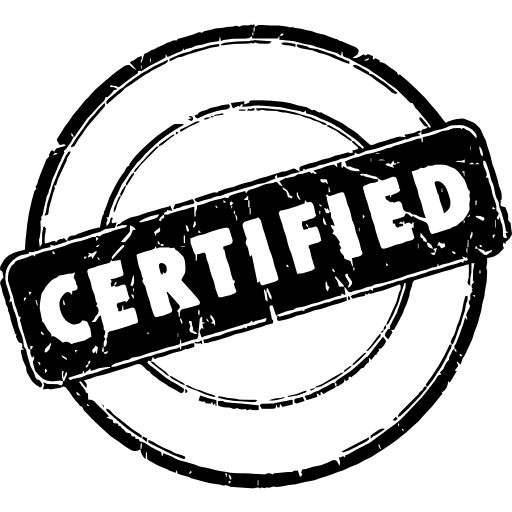Going by the statement presented by ICWA, London, variance refers to a difference between standard costs and actual costs that are incurred during a certain time period. This is one of the most important facets in regards to Standard Costing, where a predetermination of such variance is important for analysing costs that are presented for corrective measures in a business unit.
In Standard Costing, this analysis is strictly used to find out difference between standard cost and actual cost that is incurred. To accurately find this, total variance is to be subdivided.
Computation of Variances:
The general variances that are computed by any organisation are:
- Sales
- Overhead
- Material
Formulae:
MCV (Material Cost Variance) = (SQ X SP) – (AQ X AP)
MUV or MQV (Material Usage Variance) = (SQ – AQ ) x SP
MMV (Material Mix Variances )= (RSQ – AQ) x SP
MPV (Material Price Variance) = (SP – AP) X AQ
MYV (Material Yield Variance) or MSUV = (SQ- RSQ)
- Labour
Formulae:
Labour cost variance = (SH X SR) – (AH X AR)
Types of Variances:
- Controllable and Uncontrollable Variances:
The cause of controllable variances, rest in internal factors, where it occurs from inefficiency of cost centre as an individual or department. These include excess usage of materials or excess time taken.
The uncontrollable factors arise from external issues that are beyond managerial control. Decisions of government authorities are the best in this regard.
- Favourable and Unfavourable Variances:
In case of favourable or positive variance, actual cost is less than standard cost.
Whereas unfavourable variance results from actual cost being greater than standard cost.
Thus, on the basis of this analysis, a business unit’s position can be determined.
Links of Previous Main Topic:-
- Introduction to accounting and branches of accounting
- Preparation of final accounts
- Introduction of fund flow statement
- Introduction cash flow statement
- Ratio analysis significance of ratio analysis
- Fixed assets and depreciation meaning causes objectives methods and basic factor
- Cost accounting concept objectives advantages limitations general principles and cost sheet
- Job costing
- Introduction process costing
- Activity based costing introduction concept and classification
- Introduction inventory pricing and valuation
- Standard costing introduction
Links of Next Finance Topics:-
- Test questions in standard costing
- Duality in linear programming
- Learning objectives
- Learning objectives and chapter outline in assignment model
- Minimization problems
- Learning objectives the transportation problems
- Special case of traveling sales man problem
- Replacement theory learning objectives and chapter outline
- Learning objectives and chapter outline for waiting line queuing theory






















